Induction heating boiler: design and principle of operation,
Today, the market for energy-saving technologies is quite developed - you can buy various innovative heaters. Devices can work from alternative energy sources, or from ordinary gas and electricity, but not in a completely standard way.
A striking example of non-standard solutions are electric induction heating boilers. It seems that everything is clear - electricity, metal, heating of the coolant - but at the same time everything is not so simple.
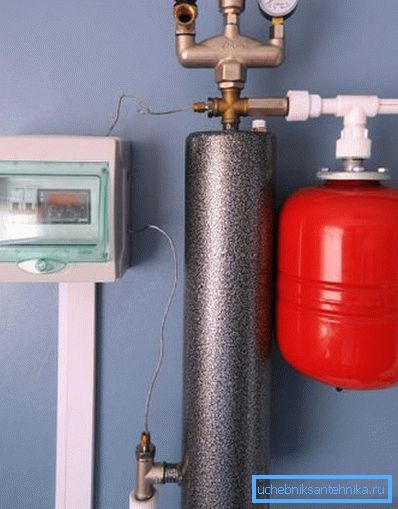
In this article we will understand the principle of operation of such devices, and also consider in detail all the nuances, features of this technology. After studying this information, you can more clearly understand whether to buy induction boilers for heating a house or apartment.
Let's start with a review of the main point.
Design and principle of operation
Products of this type consist of several elements:
- Outer casing. The material used to manufacture the shell is usually steel.
- Insulation layer. It is located under the body and is needed to minimize the level of heat transfer. In addition, all electrical insulation is also located here.
- Core products. This element is usually made of two ferro-magnetic steel tubes of different diameters that are inserted into each other. That pipe, which is located inside - is covered with a winding, and the outer tube acts as a heating element.
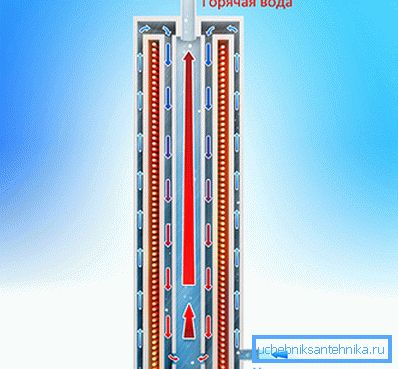
This design works quite simply - water is fed into the lower part of the body through a special pipe and passes through the space between the outer pipe and the shell. During the "passage" it heats up and then enters the inner core of the device, and from there the coolant is supplied to the radiators.
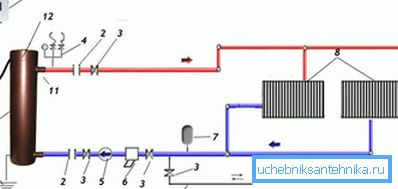
Here it turns out that an inductor is dressed on the tubes, the electromagnetic field of which rather quickly heats the core. That is, the physics of the process is as follows - an alternating magnetic field induces the appearance of a current in the tubes of the system, which heats the desired part of the metal. And the coolant is heated by these very tubes.
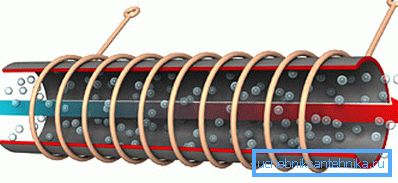
The peculiarity is that in this design there are no elements that wear out. The only element whose service life is limited is the induction coil. However, the duration of its work is at least 100,000 hours, which is much longer than in the case of heating elements.
Note! The metal of the core vibrates slightly during heating and this is a very important factor because this property saves from the formation of scale. Conventional heating elements during heating are absolutely immobile and, accordingly, very quickly lose their thermal efficiency due to the appearance of a layer of scale — 1 mm of such a layer deteriorates the heat exchange process by 10%!
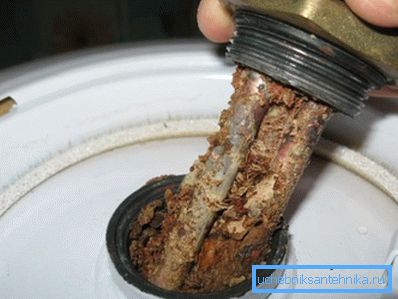
As for the supply of current, heating induction boilers can operate on single-phase and three-phase network.
With the device and the principle of work understood, now let's consider the moments which are important for considering before purchase of such design.
Advantages and disadvantages of induction products
Pluses of devices are best disassembled in the plate.
| Property: | What does this mean in practice: |
| Long service life. |
|
| No need for constant care. | This, again, due to the fact that there is nothing to break. That is, you will not need to check the status of heating elements, wiring, connections, etc. |
| As a coolant can be used not only water, but also antifreeze, oil. | That is, it turns out that if there is antifreeze in the radiators, then you can safely leave the house in the winter, without fear that electricity will be lost and the batteries will “break” the ice. |
| The units are compatible with other heating systems. | This means that during a power outage, you can heat the coolant with a gas or solid fuel device. There should be no problems with “linking” important nodes in standard situations. |
| The option is safe in all respects. | More specifically, there is no risk of fire, and in addition there is no threat to the environment and human health. After all, no toxic fumes, carbon monoxide gases and sparks are not here. |
| Installation of the system is easy to do by hand. | In principle, the assembly of the structure is no different from the installation of other heating boilers. Everything is about the same - the product is either placed on the floor, or suspended from the wall and the supply and return pipes from the radiators are brought to it. |

Well and separately it is worth noting the most important advantage enjoyed by induction heating boilers - this is a very high level of efficiency. In most models, it is 96-98%!
And this is not a fantasy, but a quite understandable phenomenon. Since the design of this type has a low rate of inertia - the coolant in the system begins to heat up almost immediately after switching on the automation.
As for the shortcomings, it is possible, perhaps, to highlight a few points:
- The initial price of the boiler is quite high. In any case, in comparison with conventional PETN analogues.
Tip: Pay close attention to the quality of automation installed on the model. The better this element of the system, the more economical the energy consumed. As a rule, the best is considered to be automatics of import manufacturers (import control may well be installed on a domestic boiler).
- Models that cost low are usually quite annoying. The solution is either the purchase of more expensive equipment, or the installation of a heater in a separate room with good sound insulation.

- Some models are capable of emitting wave interference around them. Therefore, it is often not recommended to install electrical appliances such as televisions, receivers, etc., right next to them.
Tip: if the situation does not allow “moving away” from the heater far enough, then household appliances can in principle be installed nearby. But for this you need to make a Faraday grid - that is, to enclose the heater with any fine-grained metal grid with grounding. In this case, the wave interference will not go beyond the limits of such protection.
In the features figured out - you can move on to practical advice.
Useful information and recommendations
In this section, we will consider the information that will be useful to you for making a decision - to buy or not to buy such a device. Let us touch on the most relevant, popular issues discussed, and also get acquainted with specific recommendations on the choice of models.
So let's start with rumors and opinions.
Debunking the "myths"
The first point to start with is an overview of how easy the boiler making instruction is on its own.

In principle, of course, do it yourself - everything is possible! There would be a desire.
However, in this case, you need high-tech equipment and accurate calculation of many points:
- heating the case;
- velocity and volume of fluid circulation, etc.
That is, in fact, an induction heating boiler is a product with a perfectly balanced scheme, thanks to which the efficiency of the boiler is so high. In the end, the high cost of the product is not just installed, you will agree. So it's easier to buy than to do.
The second “myth” is a high level of heating costs with such an appliance. And this is true - electricity cannot be called cheap at all. And if there is a gas mains line nearby, then, of course, the purchase of an induction heater is not a good idea.
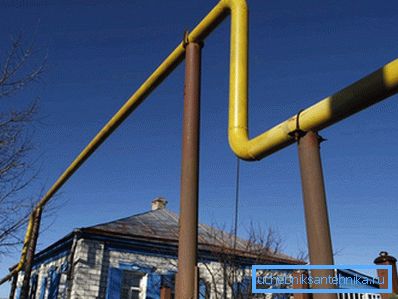
However, if the only energy source is electricity, then where to go?
Well, if we compare it with TEN boilers, then, of course, the question of which is more profitable is quite controversial. The answer depends on how well-designed and sophisticated devices are compared.
If the cheapest induction heater and expensive electric is taken, then it is logical that the latter will be more profitable at the expense of more expensive automation at least.
Tip: to reduce energy costs in both cases, you can install special programmers in each heated room. Due to such a decision, an induction electric heating boiler will heat non-residential premises “to the minimum”.
But if we compare the models of one “price class”, then all the same Tenovye products lose in terms of efficiency. So shows practice.
Now consider the criteria that should be adhered to and which is important to remember before purchasing a particular boiler model.
Selection rules
So, before buying, pay attention to such moments:
- For the presence of programmers and thermostats for each individual room.
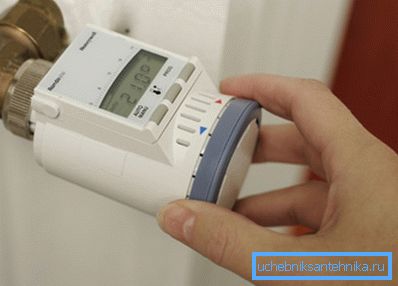
- For the warranty period of service. Most services usually offer 3 years of free maintenance with the possibility of contract renewal. If you see figures like a 20-year warranty, then treat this proposal with caution - as you remember, free cheese is only in a mousetrap.
- The power of the boiler is very simple to calculate - it should be at least 60 watts per 1 square of your area. In this case, of course, it is important to take into account the degree of insulation of walls and ceilings, as well as the height of the ceilings. If in this regard things are not the best way, then it is better to choose the power parameter with a margin.
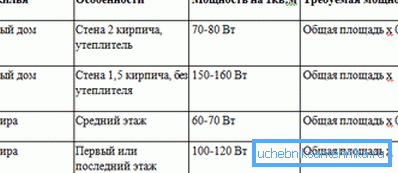
- The thicker the inner tube of the core, the longer this element will last, as it will rust less.
Such are the tips.
This article about induction heating boilers is completed, and now you can make certain conclusions with a sufficient level of objectivity.
Conclusion
As you can see, induction heaters are an interesting solution for heating a house, but the devices have certain features that in some cases make the buying process irrelevant. But in general, it is quite possible to heat appliances with houses, cottages, and even production facilities.
We provided you with the basic information - we hope that this will help you to make the most correct choice. If you want to know more on this topic, then turn your attention to the video at the end of this article.